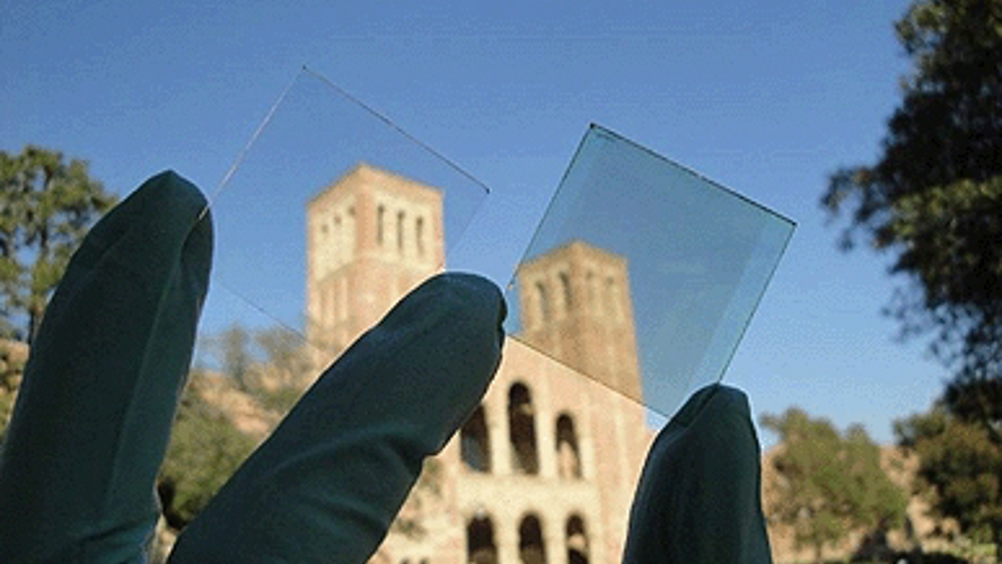Transparent PSC could lead to electricity-generating windows
Scientists have reported the development of a new transparent solar cell, an advance towards giving windows the ability to generate electricity while remaining transparent.

Their report appears in the journal ACS Nano.
Yang Yang, Rui Zhu, Paul S Weiss and colleagues at the University of California, Los Angeles (UCLA), explained that there has been interest in so-called polymer solar cells (PSCs), which are made from plastic-like materials.
PSCs are lightweight and flexible and can be produced in high volume at low cost. That interest extends to producing transparent PSCs. However, previous versions of transparent PSCs have had many disadvantages, which the team sought to correct.
The scientists describe a new kind of PSC that produces energy by absorbing mainly infrared light, not visible light, making the cells 66 per cent transparent to the human eye.
They are said to have made the device from a photoactive plastic that converts infrared light into an electrical current.
Another breakthrough is the transparent conductor made of a mixture of silver nanowire and titanium-dioxide nanoparticles, which was reportedly able to replace the opaque metal electrode used in the past.
Register now to continue reading
Thanks for visiting The Engineer. You’ve now reached your monthly limit of news stories. Register for free to unlock unlimited access to all of our news coverage, as well as premium content including opinion, in-depth features and special reports.
Benefits of registering
-
In-depth insights and coverage of key emerging trends
-
Unrestricted access to special reports throughout the year
-
Daily technology news delivered straight to your inbox










Water Sector Talent Exodus Could Cripple The Sector
Maybe if things are essential for the running of a country and we want to pay a fair price we should be running these utilities on a not for profit...